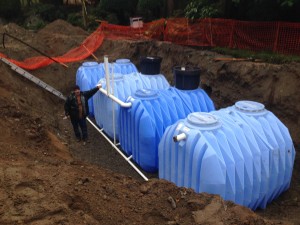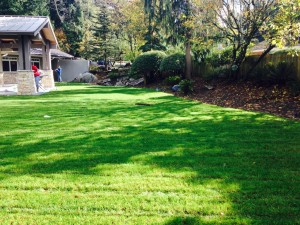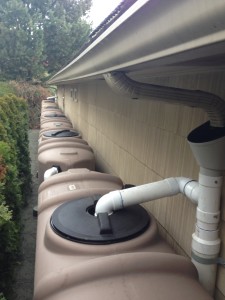 Here is a series of articles previously published by RainBank, on how to build a rainwater collection system.
Here is a series of articles previously published by RainBank, on how to build a rainwater collection system.
The first post in the series focused on how all rainwater collection systems begin at the roof and gutters. Regardless of purpose, i.e. irrigation, supplementation or drinking, debris must be removed before storing rainwater.
The second, third, fourth and fifth posts in the series talked about tank types, tank sizes, how to keep water clean and kinds of filters to consider for your system.
In post six of the how-to build a rainwater collection system series, we cover managing aesthetics so your system fits into your landscaping design.
If you’re interested in learning about how to install a rainwater collection system, take a look back at these helpful articles.
If you want to continue to read about rainwater collection and harvesting, remember to click the box below, to receive an email when a new post is launched on this blog. Thanks for reading!

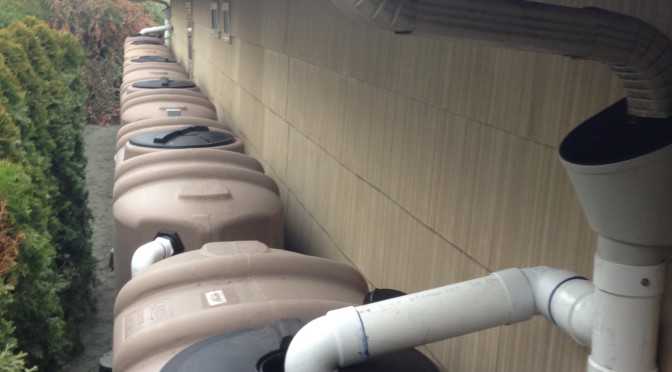

 Tannins in drinking water are caused by natural decaying of organic matter. Leaves or pine needles in the gutters are generally the cause in a rainwater collection system. A faint yellowing of water generally occurs at .5 parts per million or PPMs with .5 – 2.0 PPMs looking like the color of ginger ale, and 3.0 – 5.0 PPMs would take on the appearance of dark tea. The tannins may cause a yellow color of the water, yellow staining on fixtures, and yellow staining in laundry.
Tannins in drinking water are caused by natural decaying of organic matter. Leaves or pine needles in the gutters are generally the cause in a rainwater collection system. A faint yellowing of water generally occurs at .5 parts per million or PPMs with .5 – 2.0 PPMs looking like the color of ginger ale, and 3.0 – 5.0 PPMs would take on the appearance of dark tea. The tannins may cause a yellow color of the water, yellow staining on fixtures, and yellow staining in laundry.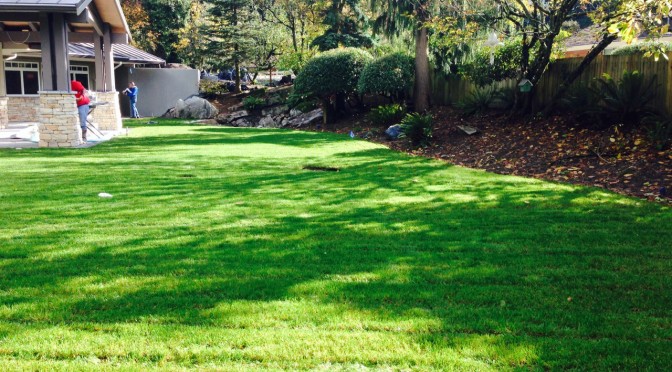
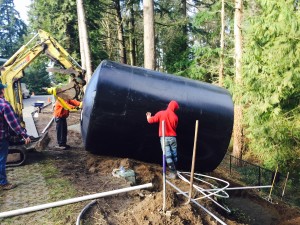 How do you install tanks with no visual impact?
How do you install tanks with no visual impact?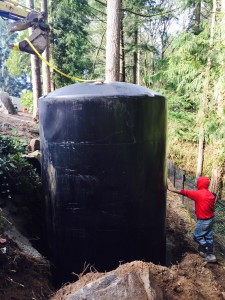 This 5,000 gallon tank needed to be placed on its dug pad 10 feet below the driveway and down an existing rockery. RainBank used a mini excavator to control lowering the tank over the edge and into it’s resting place. With a little landscaping at the top of the rockery, you won’t even see the buried tank.
This 5,000 gallon tank needed to be placed on its dug pad 10 feet below the driveway and down an existing rockery. RainBank used a mini excavator to control lowering the tank over the edge and into it’s resting place. With a little landscaping at the top of the rockery, you won’t even see the buried tank.